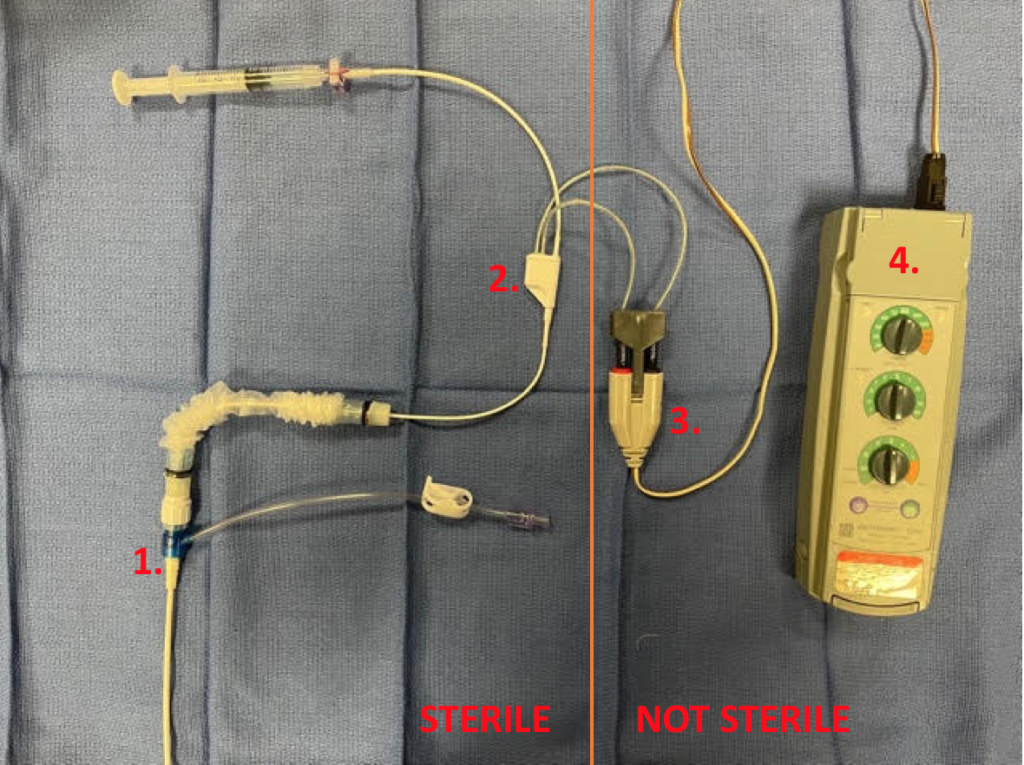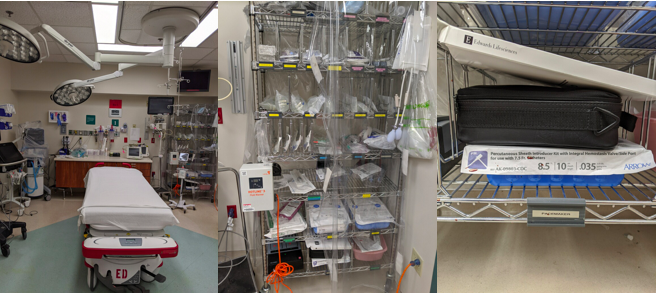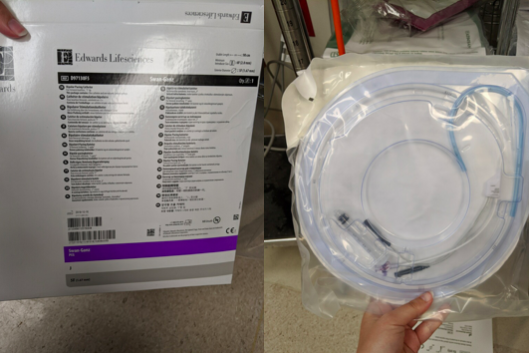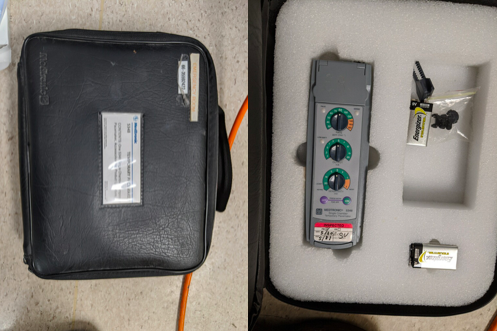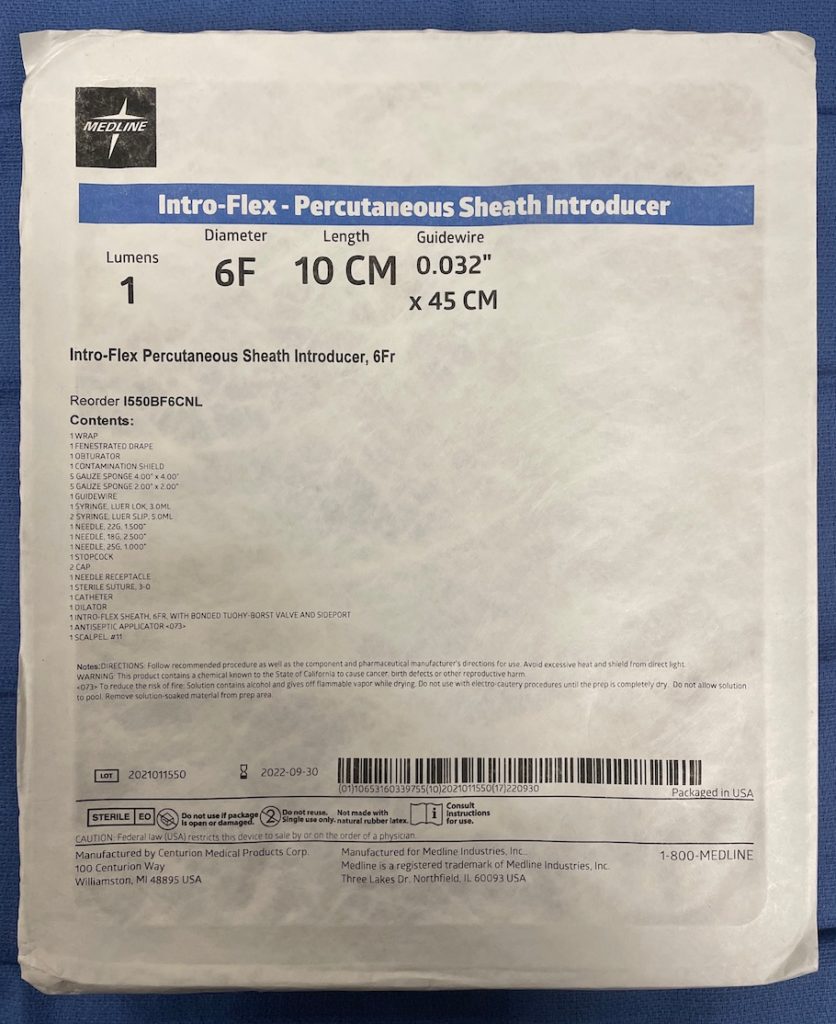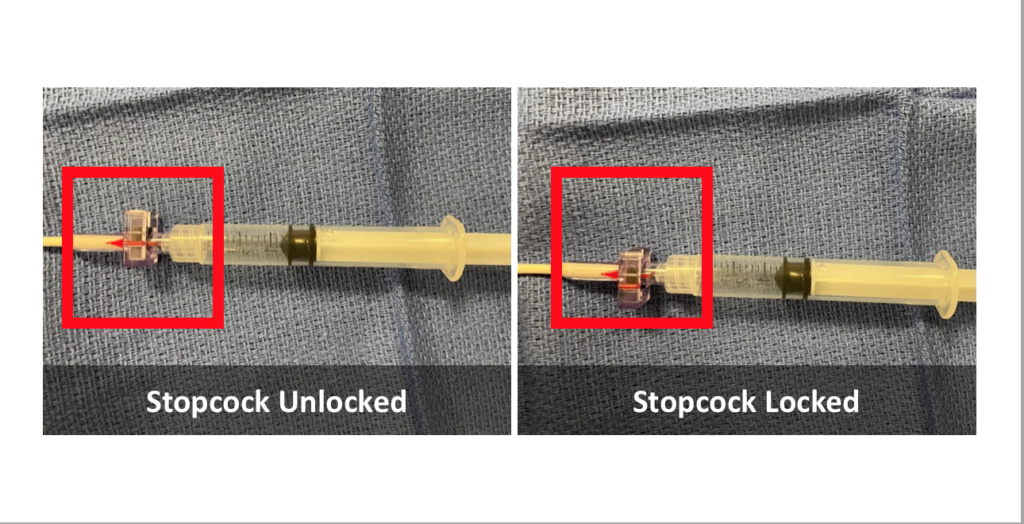EMS: Mass Casualty Triage
Phil Giddings PGY-2
Mass Casualty: Resources are overloaded
-Type 1-3 -based on how many patients
-Triage: to sort and select
– MUCCC: model Uniform Core Criteria-
Green: minimal injury- self-limited injury can tolerate extended delays in treatment without increased mortality risk
Yellow: Delayed-deep lacerations with hemostasis, open fractures, abdominal injuries with stable vitals, head injuries with intact airway
Red: IMMEDIATE– unresponsive, AMS, Respiratory distress. Uncontrolled hemorrhage, amputation, proximal to elbow or knee, pneumothorax, cyanosis, weak pulses
Black: Deceased- no respirations following basic airway maneuvers
SALT TRIAGE
Sort: 3 categories: Walk (assess 3), Wave/purposeful movements (assess 2nd), Still Obvious life threaten assess 1st)
Assess: individual assessment
Life-saving interventions
- Control hemorrhage, open airway (consider rescue breaths in children), chest decompression, and auto injector antidotes
- Minimal
- Delayed
- Immediate
- Expectant
- Dead
Treatment/transport
START TRIAGE
-based off of respirations
Tachypneaperfusioncontrol bleedingcare
Pediatrics- JUMP START for triage
Respiratory Emergencies
PEM-Dr. Said
Croup: acute subglottic inflammatory process
-6months to 3 years (morbidity is greatest in first year of life)
-etiology: Parainfluenza 1 and 3 most common (Influenza, human metapneumovirus, RSV) and COVID
– Presentation: 1-3 days URI sx and seal like cough, +/- stridor, clinical diagnosis
– if you cannot r/p epiglottitis or foreign body get a lateral neck x-ray (steeple sign)
– Severity: Severe (barky cough and stridor at rest)
Moderate (stridor with agitation and barky cough)
Mild barky cough no stridor
-Treatment: Give Decadron 0.6 mg/kg
Racemic epi: stridor at restthen watch for 2-3 hours for rebound swelling
Other Therapies: Heliox, if you need to intubate (use tube that is 1-1.5 smaller)
Foreign Body Aspiration
-Small children are at higher risk
-Anatomic immature: High epiglottis and immature swallowing coordination
-Acute: lead to respiratory distress, immediate episode of coughing, gagging, choking or cyanosis
-Delayed: younger kids (not verbal)
-may lead to: persistent febrile illness, chronic cough, recurrent pneumonia, recurrent croup, lung abscess, hemoptysis
-location: Larynx: obstruction, Trachea: biphasic stridor or dry cough, Bronchus (80-95%): cough wheeze and decreased breath sounds, Esophagus: can impinge the trachea in small children
-CXR:
50% will have negative CXR
- If high enough suspicion should be bronched, most sensitive indicator is witnessed aspiration
- Xray: hyperinflated lung, ATX, pneumonia (if delayed)
Choking
-Infants <12 months: 5 back blows followed by 5 chest compressions using 2 fingers, baby’s head should be tilted
-Children >1 year: Heimlich maneuvers
Partially occluded airway
– Place child in sniffing position, provide supplemental oxygen, do not perform maneuvers that may dislodge the FB and move it to the central airway, Rigid Bronchoscopy needed
Bronchiolitis: acute inflammation of lower airways, increased mucous production, edema of small airways, bronchospasm and V/Q mismatch
-Most common respiratory wheezing under 2 years. Occurs in winter
-Etiology: RSV
-Severe:
respiratory rate depends on age (50 as a general number)
retractions: intercostal, sub costal, supraclavicular
PO intake: Decreased
Other: apnea, cyanosis
-Management:
-examine patient from waist up. Evaluate signs of respiratory distress of heart disease
– supportive care: O2 vs HFNC prn, IV, Suctioning
Asthma
-Clinical Presentation: Dyspnea wheezing and cough, can have retractions due to obstruction, AMS in those with impending ventilatory failure
-Complications: pneumothorax and pneumomediastinum
-Management: CXR not routine
-albuterol
-ipratropium both nebulized
-magnesium 50-75mg/kg bolus
-Ventilation: Intubation
-incidence is 0.55% associated with higher mortality
-Complications: can cause cardiac arrest, hypotension occurs as a result of hyperinflation leading to decreased cardiac preload
-Expiratory time: 4-5 second I:E ratio should be 1:4
-Ketamine for sedation
Lightening Lectures
Pleural Effusions: Alaina Royalty, MD PGY1
-Abnormal collection of fluid within the pleural space between parietal and visceral pleura
-Transudative: increased hydrostatic pressure or low oncotic pressure: CHF, Cirrhosis, Nephrotic, PE, Hypoalbuminemia, myxedema, peritoneal dialysis, SVC obstruction
-Exudative: occurs due to inflammation and increased capillary permeability: Pneumonia, Cancer, Tb, viral infection, PE, autoimmune, GI disorders, Chylothorax, medications
-CXR: at least 200ml required to be seen on upright AP/PA
– blunting of costophrenic angel
-US thoracic: detects as little as 5-50cc’s best to have the patient is sitting up
-Thoracentesis:
– New effusions with unknown cause likely need diagnostic thoracentesis: however, does not typically need to be done emergently
–Therapeutic: should be done for massive effusions mediastinal shift, hemodynamic instability if you suspect empyema, or esophageal rupture this will be done in THE EMERGENCY DEPARTMENT
–Test: cell count differential, pH, protein, LDH, Glucose
– REMEMBER LIGHTS CRITERA via protein, LDH
Acute Respiratory Distress Syndrome (ARDS): Craig Schutzman PGY1
-Non cardiogenic pulmonary edema
-Clinical: worsening dyspnea, hypoxemia and bilateral diffuse crackles
-Many common cause: sepsis, pancreatitis, TRALI, trauma
-Pathophysiology:
-Exudative phase proliferative phase Fibrotic phase (bad prognosis)
– Berlin Criteria
– Labs: are non specific But get proBNP/BNP
-ABG: elevated pH, low PaO2, Low PaCO2, low-normal HCO3 (acute hypercapnic respiratory acidosis indicated severe disease, impending respiratory arrest)
-Imaging: CXR: diffuse ground glass opacities, CT chest: bilateral opacities widespread
-Management:
-treat underlying cause
-Supplemental oxygen
-Analgesia, sedation and paralysis
– Sedation improves tolerance to ventilation and decrease oxygen consumption
-Lung protective Ventilation
-Ventilator Mode: Volume AC
– tidal Volume: low per Ideal body weight -6 cc/kg
– Inspiratory flow rate 60-80 lpm
-respiratory rate: 16-18
-FIO/PEEP: titrate to spO2 goal 88-95% (can have permissive hypercapnia)
-maintain plateau pressure <30 mmHg to prevent barotrauma
–GO TO ARDS NET FOR ALL YOUR ARDS FRIENDLY INFORMATION!
-PRONING ventilation: V/Q mismatch improves as depending lung receives majority of blood flow as alveoli open
-Steroids: only give if severe, look at the Meduri Protocol
-ECMO: early application <1 week is crucial for success
COPD Exacerbation: Mitchell Weeman PGY1
-Persistent air flow limitation that is progress and assisted with enhanced chronic inflammatory response in the lungs to noxious particle or gas
-Clinical: dyspnea, productive cough, decreased physical activities, +/-wheezing. End stage: cor pulmonale, muscle wasting, chronic ventilatory failure
-Diagnosis: via PFT
-Management:
– ABC: IV, telemetry, O2 saturation, vitals
– O2 correct to baseline if unknown 90-94%
-EKG, trop, BNP, CXR, CBC, CMP, ABG for accurate PaO2
– Mild: DuoNeb or single agent +/-steroids and abx
-Moderate: same as mild plus Prednisone 60mg or Solumedrol 125mg IV and abx, /-Magnesium, BIPAP
-Severe: same as above: plus BIPAP (10/5 is a good setting) , IV steroids.
– +/- intubation use ketamine or etomidate (FIO2100%, TV 6-8 cc/kg, RR: 8-10, PEEP 5-8)
-Magnesium
-Disposition:
-Uncomplicated: can go home- they have no comorbidities, <65 y/o <3 exacerbations per year, FEV >50%
-Give steroid 3-5 days, abx refill nebs and follow up with PCP
-Complications: new or increased o2 requirements or needing BIPAP, AMS due to hypercapnia, inability for self care or risk of poor follow up
Room 9 follow up
MB Hatch PGY3
-for Boards do not take a hypotensive patient to the CT scanner
-resuscitation is key
Cognitive dispositions to respond
-Anchoring and diagnosis momentum
-Base rate bias, multiple alternative bias, and confirmation bias
-Commission and Omission Bias: feeling bias that you have to intervene
-Feedback sanction: we don’t see the long-term consequences
-Gamblers Fallacy thinking that everything is going to be fine because everything else has been fine
-Overconfidence and sunk cost
-Vertical Line failure: patterns of thinking, and not straying from the regular thinking. You need to lateral think as well
-Visceral bias: doing things by anticipating what people want from you
What can we do?
-Practice mindfulness, ask yourself “what else might this be?”, create metacognitive processes, contribute to a supportive culture, participate in institutional review
Ventilator Management:
Dr. Richie
-Indications: Acute failure, airway protection, respiratory arrest, upper airway trauma, relive work of breathing operative procedures
-Oxygenation improved with increased FIo2 and increase PEEP
-Ventilation: respiratory rate and tidal volume
-PIP : Peek Inspiratory pressure
-pressure at the end of inspiration
-high peak pressures are not good >30 or 40
-Compliance: change in volume/change in pressure
-most people >50, intubated about 30
-ARDS is 15 or less
-decreased compliance: pulmonary edema, pneumonia, ARDS, pneumothorax, obesity, burns, ascites, abdominal compartment syndrome.
-Increased: COPD
Modes of Ventilation:
-Pressure: push in a constant pressure (flow will vary)
-Volume: push in a constant flow (pressure will vary)
Types of breaths
-Mandatory: machine initiated, machine does the work
-Assisted: patient initiates breath, patient does some work and ventilator assists
Assist control Ventilation (AC)
-set rate and set volume or pressure
-If patients breathe over set rate it will assist at the same preset volume or pressure
- If a patient wants to take a breath at 10 sec they will get 500cc regardless of whether he wants 300cc or 700cc
SIMV: similar to assist control but patient initiates breaths can be different set support
Pressure Control: set pressure. Variable flow, set rate, Cycle time:
- You set I time
Volume Assist control: set volume, variable pressure, set rate Cycle time
- If patient wants more volume because they feel air hunger it wont let them get more flow, it can be very distressing
- COPD, increased dead space, may need larger volume, and patient can feel distress because they need a much larger flow and
Pressure Support: set pressure, variable flow, patient determined RR, cycle flow
- There is no back up rate
- Most tolerable and most like natural breathing
- Good for COPD, but you need to think about I:E Ratio
PRVC: pressure give can change breath to breath
- Best of both worlds
- Need to give I time (set to 1 second)
Trouble shooting:
Peak inspiratory pressure vs Plateau Pressure
High plateau: alveolar level problems
-inspiratory pause and they are very different: something wrong with large airways, or ventilator problem
– easy to bag vent problem, hard to bag large airway vs ET tube problem
-not very different think alveolar
Air trapping: responds to increased PEEP, bronchodilators,
-Ineffective trigger: if patient is spontaneous breathing are they triggering the ventilator
Ventilator induced lung injury
![Room9er ["Room Niner"]:](https://room9er.com/wp-content/uploads/2020/03/cropped-Screen-Shot-2020-03-08-at-3.16.16-PM.png)



